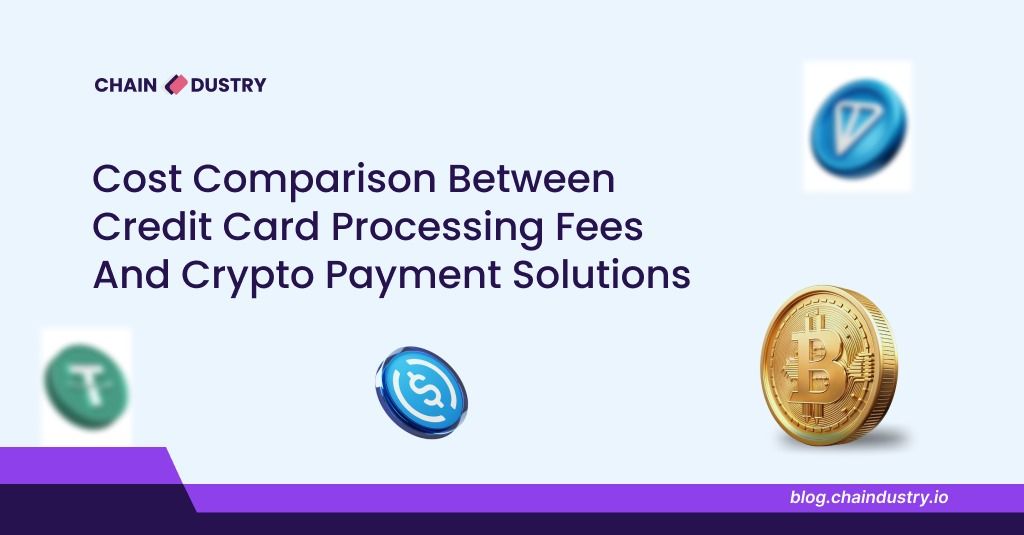Introduction
Digital payments continue to evolve, and cryptocurrency is becoming a serious option for small and medium-sized businesses. Accepting crypto payments can open access to a global customer base, lower transaction costs, and speed up settlements. However, many store owners still find the process unclear or assume it requires advanced technical skills. In reality, setting up a crypto payment system can be done in a few straightforward steps using reliable service providers.
Why Accepting Crypto Payments Matters
Accepting crypto payments can help a business stand out and attract tech-savvy customers. It also allows stores to operate without being limited by traditional banking hours or cross-border restrictions. Many customers today prefer paying with digital assets such as Bitcoin, Ethereum, or stablecoins like USDT and USDC. These coins can be converted into local currency almost instantly, giving store owners more flexibility. Crypto payments can also reduce the risk of chargebacks, since transactions are irreversible once confirmed on the blockchain.
Step-by-Step Setup Guide
Step 1: Choose a Payment Processor The simplest way to begin is through a crypto payment processor. Platforms such as BitPay, CoinGate, or Coinbase Commerce allow businesses to accept various cryptocurrencies without managing wallets manually. They handle most of the technical details and provide user-friendly dashboards for tracking sales.
Step 2: Create an Account and Verify Business Details Sign up with the chosen provider, submit required information, and connect your business bank account. Verification usually takes less than 48 hours.
Step 3: Integrate Payment Options Most processors provide plugins or APIs for e-commerce platforms such as Shopify, WooCommerce, or Magento. For physical stores, QR code payment options can be printed and displayed at the checkout counter.
Step 4: Choose Payout Settings Store owners can decide whether to receive crypto directly or convert it automatically into local currency. Auto-conversion helps avoid price volatility.
Step 5: Test and Go Live Before accepting real payments, test the setup using small transactions. Once verified, announce the new payment option across social media, newsletters, and in-store signage.

Cost Comparison between Credit Card Processing Fees and Crypto Payment Solutions
One of the main motivations for businesses to accept crypto payments is cost efficiency.
Traditional credit card processors typically charge between 2.5 and 3.5 percent per transaction. In addition, settlement may take several days. Crypto payment processors, on the other hand, charge between 0.5 and 1 percent. Transactions are usually confirmed within minutes, and funds can be accessed almost immediately.
For a business that processes $50,000 in monthly card payments, switching to crypto could save up to $1,250 per month in processing fees. This saving can be redirected into marketing, customer rewards, or product development. Furthermore, crypto payments eliminate certain administrative issues such as chargebacks and refund delays, improving both cash flow and customer experience.
Security and Compliance Considerations
While crypto transactions are secure, store owners should take basic precautions. Always use reputable payment processors, enable two-factor authentication, and maintain strong password practices. For tax and compliance purposes, maintain records of all transactions, including the crypto value and the equivalent amount in local currency at the time of payment. Most processors provide these records automatically.
Conclusion
Accepting crypto payments is no longer a complex or risky idea. With the right tools, it can be as simple as accepting a debit card. Store owners who make the transition early position their businesses to attract modern consumers and expand into global markets. As cryptocurrency adoption continues to grow, being ready to accept digital payments can help a business remain relevant, efficient, and financially adaptable.
